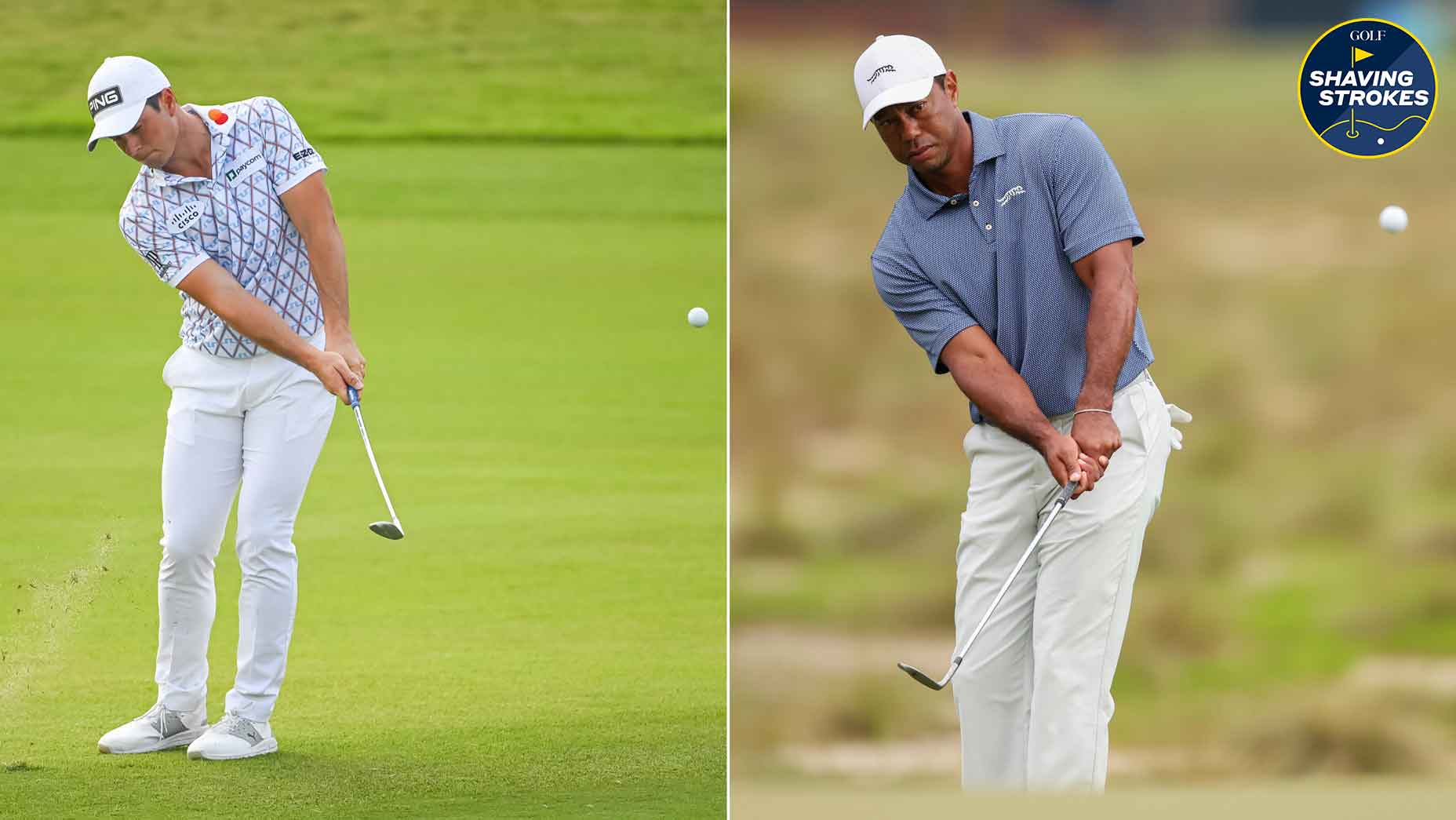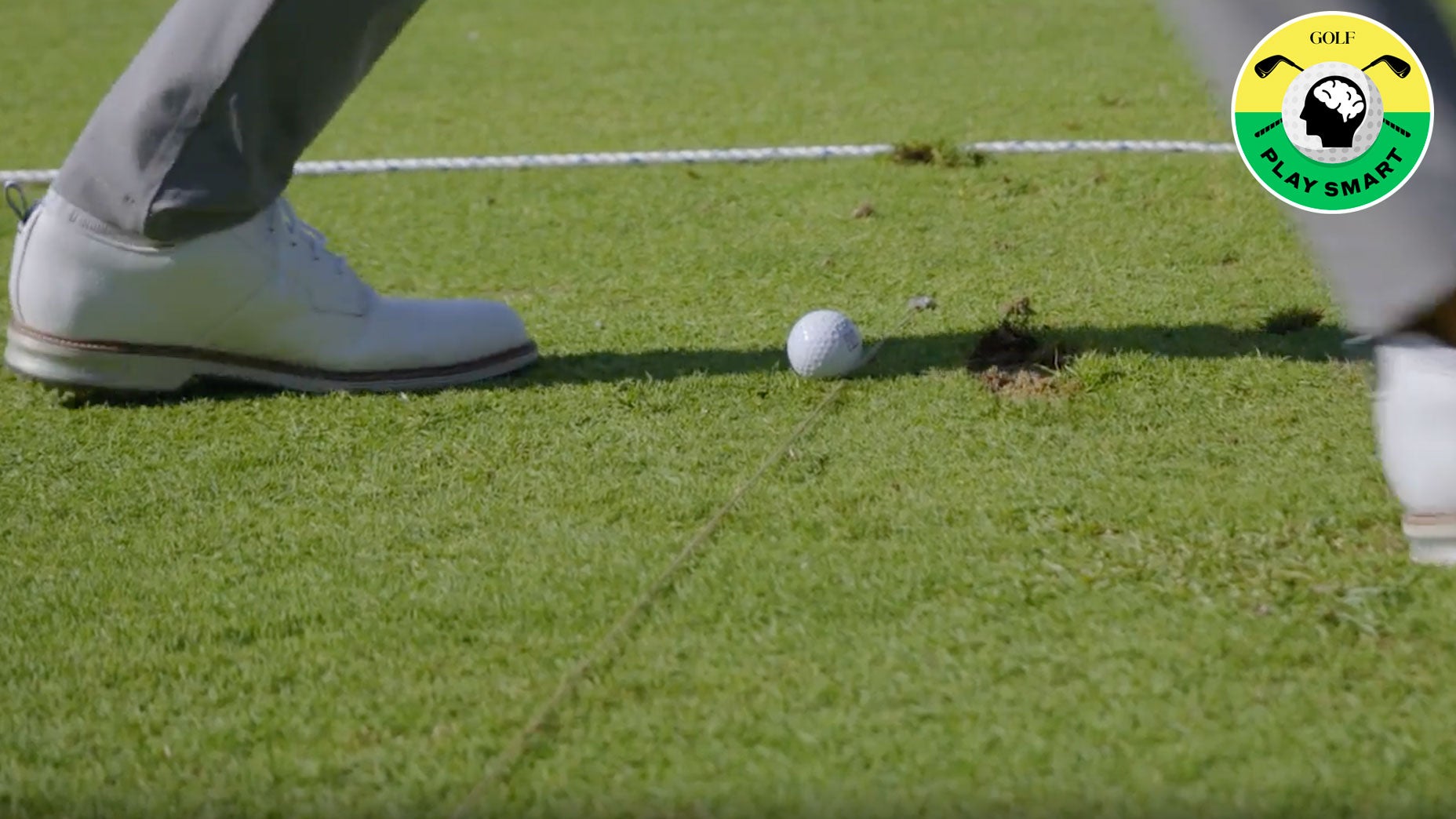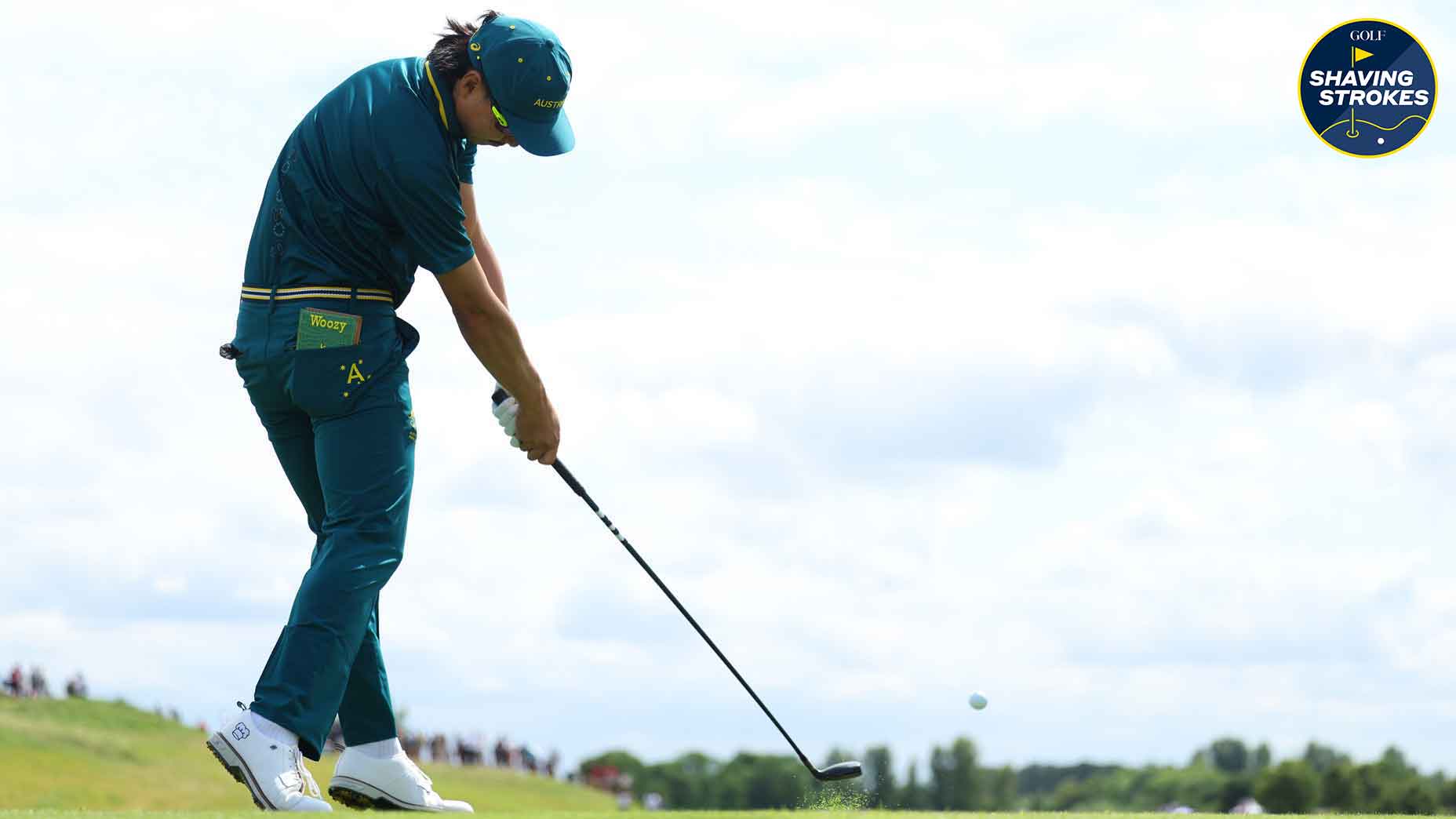Dedicating a significant amount of practice time to your wedge game is critical. If you don’t work on dialing in your wedge distances on the range, you won’t be able to flight shots accurately on the course. Every golfer should heed this advice, but if too many players follow my direction, we might not have any grass left to practice on at all!
I’m picking on wedge swings because they wreak havoc on turf— each one creates a divot about two inches wide by five inches long and removes some 10 square inches of grass from the surface. If you hit 30 wedges each from an area of grass, you’re effectively removing a quarter of a square yard of sod. Multiply this by the thousands of golfers hitting wedge shots every day across America, and you can picture the scope of the problem.
NEWSLETTERS: Sign up to get the latest golf news in your inbox
I don’t recommend hitting fewer wedges. Quite the opposite: Hit wedges until the cows come home. I merely ask that you do it in a way that creates a minimal “destruction” pattern.
Check out this photo. I snapped it at a recent PGA Tour event. Each divot pattern was created by a pro in just 10 wedge swings. They’re all compact—pros know that “grouping” swings in the same area inflicts the least amount of range damage. But even among these divot patterns, some are easier to “heal” than others.

The least-destructive pattern is the sand-filled divot, just right of center in the photo. Basically, it’s a full divot aimed at the target followed by a straight row of “mini-divots,” which are much smaller than the one dug out by the first swing. You create them by placing each ball (after the first shot) on the back edge of the previous divot, so that as the club bottoms out after impact, you remove only one additional inch of turf with each shot. Superintendents rejoice!
The other pros varied in their divot patterns, but each one hit succeeding shots very close to the previous divot. Again, the key is to minimize the removal of grass. Also, notice that none of the pros hit a shot other than their first from a virgin area of turf. Moving to a new, pristine patch of grass on each swing (the habit of most weekend players) maximizes the damage you inflict on the range.
So be nice to your practice area, your superintendent, your fellow golfers and yourself. Practice your wedges often but without chewing up the range. When you practice, I suggest hitting each wedge in your bag at least 8 to 10 times and to targets of varying distance, taking mini-divots to minimize your footprint. The only “damage” you want to do is on the course, when you’re knocking down pins.







